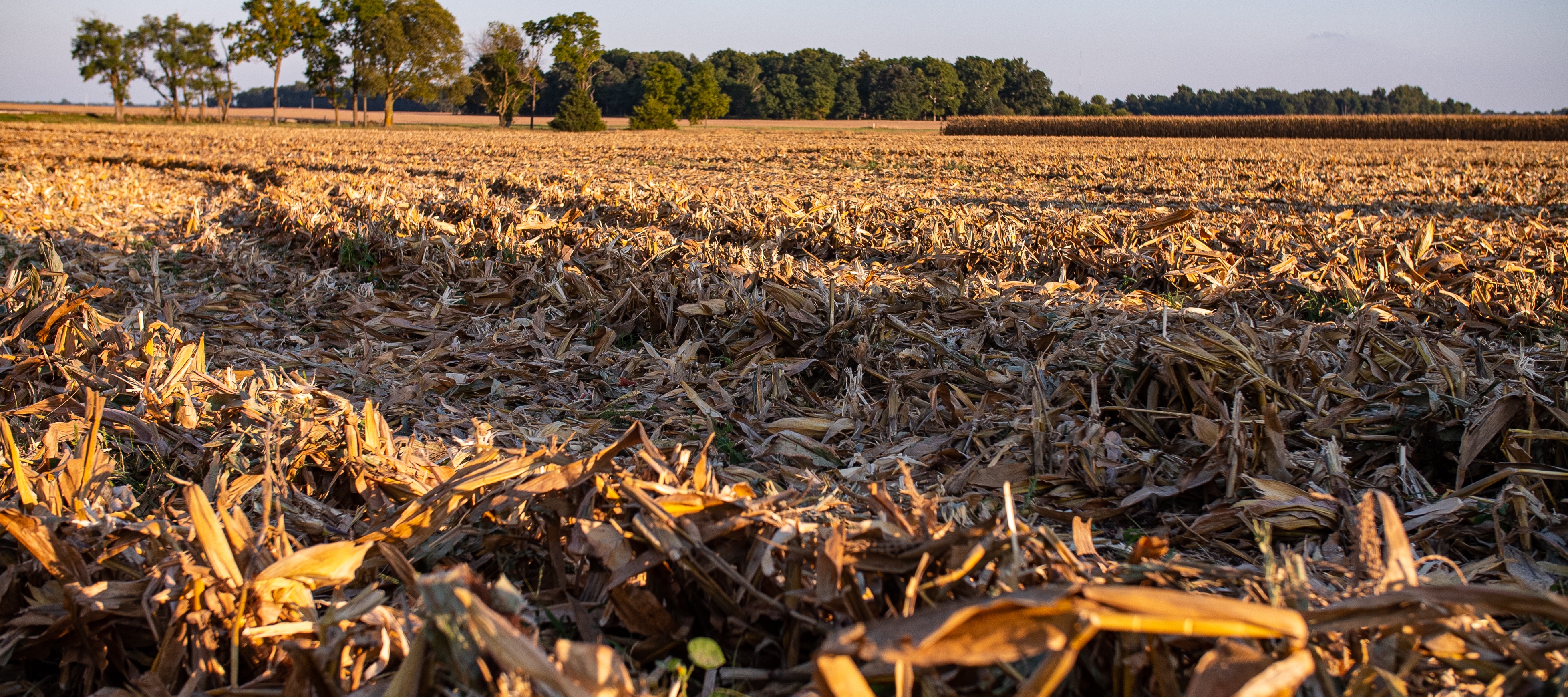What is carbon farming
by Indigo Agriculture
Carbon farming is the process of changing agricultural practices to increase the levels of carbon in the soil and reduce greenhouse gas emissions. This type of regenerative agriculture prioritizes soil health.

Simply put, carbon farming is farmers implementing agronomic practices that solve challenges while increasing carbon in the soil or decreasing emissions. By adding these practices to your operation, you can earn carbon credits through carbon programs. Businesses will buy those credits to offset the emissions they can’t reduce, which means you get paid for implementing those practice changes. That is carbon farming—growing your existing crops with new practices to create new revenue that benefits the environment and your operation.
The two main practice changes that experts rally around include:
- Cover crops
- Reducing tillage
These two practices are well-researched and their effectiveness at drawing down, or sequestering, carbon is published in peer-reviewed literature. That means, we know it works. While sequestering carbon can add a new revenue stream to your operation, it can also help you build healthier soils.
Tom Lawler is a Regenerative Agronomist with Indigo. “The beauty of being able to put carbon in the soil is pretty simple. It dials back down to how plants were designed to work,” he says. Drawing down carbon is key for photosynthesis, but it has many benefits that affect the stability of your soils and your profits.
Better soil structure
Carbon in the soil leads to improved soil structure. Water and air can better infiltrate, which means the field can store water more effectively. “All in all, we create a better sponge that holds water for when our cash crops need it for later on in the growing season when we hit some of those dry spells,” Lawler explains. Making the soil more stable between those wet and dry periods makes your operation more resilient to the weather—one of the key stressors farmers face.
Decreasing costs
Increasing carbon also helps you decrease costs. When farmers reduce tillage, they’re also reducing the number of passes they have to make in a field, reducing fuel, labor, and equipment costs. Nutrient management can also reduce fertilizer costs by having carefully timed nutrient applications and honing in on nutrient placement to apply optimal amounts of nitrogen fertilizer. Over time, both practices free up money and time.
Targeting challenges
If weeds, water, or pests cause problems on your farm, cover crops can help you take control. Cover crops are planted between cash crops to cover the soil. They can smother out weeds, keep pests away, enhance water availability and slow erosion. Different cover crops do different things.
Securing the future
All the benefits mentioned above culminate in having healthier soils that can be productive for years to come. “We’re also seeing that we’re enhancing the quality of the soil and leaving a legacy behind for the next generation of improved soil from where we started,” Lawler explains. But it’s not just the soil that is improved through carbon farming. Generating quality credits that businesses want adds to the operation’s financial diversity. Carbon farming means making changes that make your whole operation healthier and more resilient.
This article may include information from third-party sources or other information that Indigo may not independently verify. Carbon quantification methods, processes and understandings are in their nascency and subject to change and continuous development. The information contained herein is for general informational purposes only and may be based on generally applicable assumptions that may not be applicable to any individual operation. Actual results may differ among growers and farms based on a large number of variables. Each operation should independently consider the financial implications and all potential risks and benefits of the use of any agronomic practice. Any payments under Carbon by Indigo are subject to multi-year vesting and are contingent on continued long-term maintenance of regenerative agricultural practices and soil carbon levels. All Carbon Credits generated are subject to buffer pool holdbacks required by third-party crediting; participants will not receive payments for such holdback. Neither Indigo nor its representatives or affiliates makes any representations, warranties or guarantees as to any specific outcomes (agronomic, financial or otherwise) in connection with any recommendations, calculations or predictions. Terms, conditions, limitations and eligibility requirements apply. See program agreement for additional details regarding Carbon by Indigo.
Farmers like you are getting paid to implement practices that improve soil health. With skyrocketing input costs, see how covers help.
You might also be interested in:
Neither Indigo nor any of its affiliates makes any representations, warranties or guarantees as to any specific results or outcomes, including, without limitation, with respect to soil health outcomes or any minimum amount of greenhouse gasses sequestered or number of carbon credits generated. Participation in Carbon by Indigo is subject to the terms, conditions and limitations of the program contained in the applicable enrollment agreement. Any payments under Carbon by Indigo are subject to multi-year vesting and are contingent on continued long-term maintenance of regenerative agricultural practices and soil carbon levels. All Carbon Credits generated are subject to buffer pool holdbacks required by third-party crediting; participants will not receive payments for such holdback. Not available in all areas.
500 Rutherford Ave, Boston, MA 02129 | 844.828.0240 | info@indigoag.com